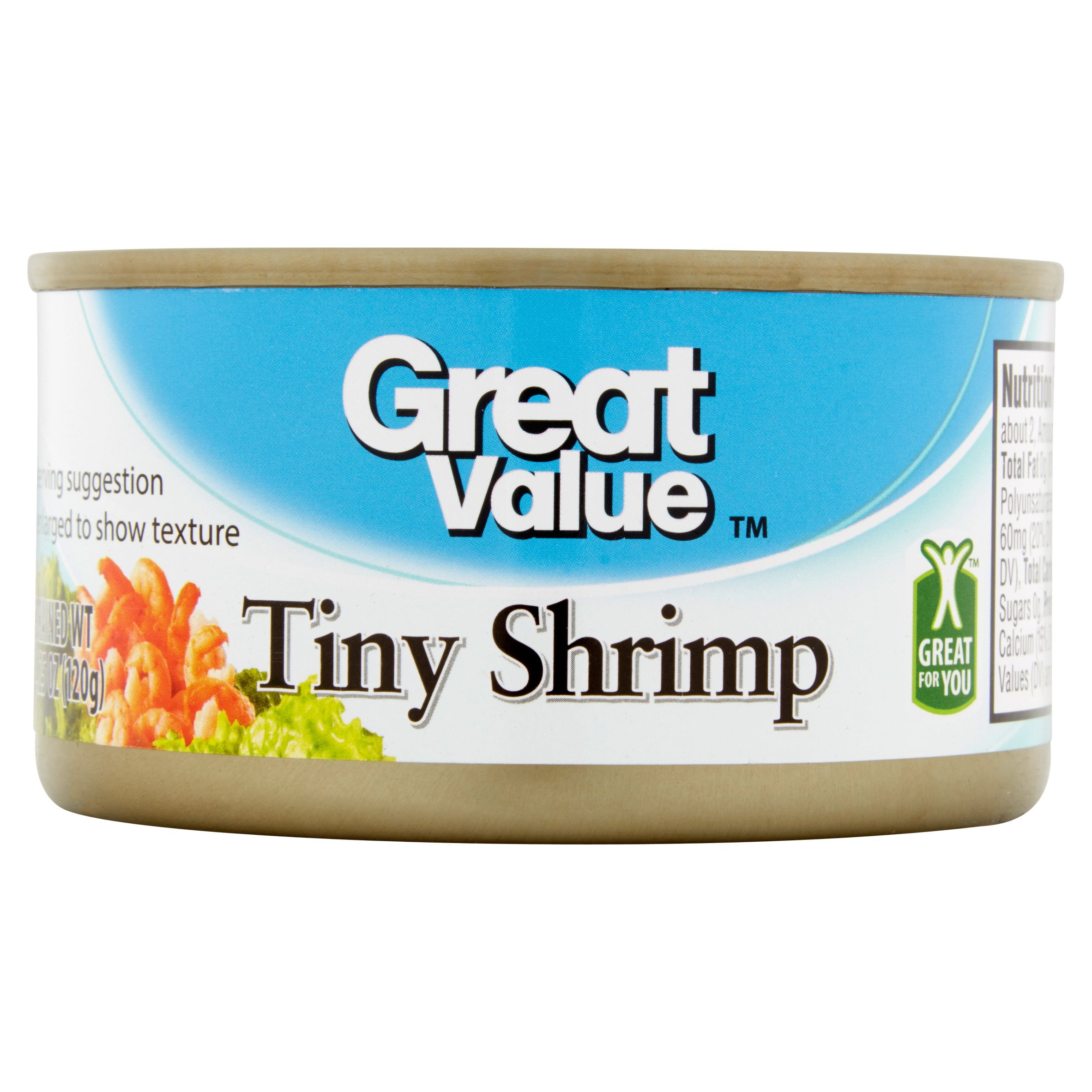Tiny Shrimp
Did you know that tiny shrimp can have a big impact on our environment? These small crustaceans may seem insignificant, but they play an important role in the food chain and our economy. Keep reading to learn more about tiny shrimp and why they matter.
Pain Points
While tiny shrimp may be a delicious and healthy addition to our meals, there are some concerns related to their production and consumption. For one, the farming of shrimp can often lead to deforestation, pollution, and destruction of habitats for other marine species. Additionally, the high demand for shrimp has led to human rights violations and exploitation of workers in some parts of the world.
Target of Tiny Shrimp
Tiny shrimp are a target food for many species, including larger fish, marine mammals, and seabirds. They are also a popular choice for human consumption, both as a fresh or frozen food product and as an ingredient in various dishes.
Main Points
Despite the concerns related to tiny shrimp, they remain an important part of our diet and economy. They are a rich source of protein, omega-3 fatty acids, and other nutrients, and can be sustainably farmed and caught if done responsibly. By choosing shrimp that are sustainably sourced and produced without damaging the environment or human rights, we can enjoy this tasty and nutritious food without contributing to its negative impact.
Tiny Shrimp Target and Personal Experience
As a seafood lover, I have always enjoyed the taste of tiny shrimp in various dishes. One of my favorite meals is a spicy shrimp stir-fry that includes a mix of vegetables and rice noodles. The tiny shrimp add a savory flavor and a nice texture to the dish. In addition, I have learned about the importance of choosing seafood that is sustainably sourced and produced, including shrimp. By doing so, I can enjoy my favorite foods without guilt and help reduce the negative impact on the environment and the people who produce it.

Tiny Shrimp and Sustainable Options
Fortunately, there are many sustainable options available when it comes to tiny shrimp. For example, some companies use closed-loop systems in their shrimp farms to reduce pollution and waste. Others use alternative feeds that do not rely on wild-caught fish or result in deforestation. By supporting these sustainable options, we can ensure that we are getting seafood that is healthy, safe, and environmentally friendly.

More on Sustainable Production
One key aspect of sustainable shrimp farming is minimizing the impact on the environment and the other organisms that share the ecosystem. This can be done through various methods, such as using natural filters to clean the water, reducing the use of chemicals and antibiotics, and preserving or restoring coastal habitats. Moreover, supporting sustainable shrimp farming can also have positive social and economic benefits, such as creating jobs, improving the livelihoods of local communities, and reducing poverty.
Personal Reflection
Another experience I had with tiny shrimp was during a trip to a coastal town in the Philippines. I had the opportunity to visit a local shrimp farm and learn about their farming practices. I was impressed by their commitment to sustainable and ethical production, as well as their use of locally sourced inputs and renewable energy. It was great to see how the small-scale farmers were able to generate income and improve their livelihoods while also protecting the environment and supporting their community.

Question and Answer
Q: Are tiny shrimp good for you?
A: Yes, tiny shrimp are a great source of protein, omega-3 fatty acids, and other nutrients. They can help improve heart health, brain function, and immune system, among other benefits.
Q: How can I ensure that I am getting sustainably sourced shrimp?
A: Look for certifications such as Marine Stewardship Council (MSC) or Aquaculture Stewardship Council (ASC) that guarantee that the shrimp is produced sustainably and responsibly. You can also ask your local seafood provider or restaurant about their sourcing and production methods.
Q: Can eating tiny shrimp help reduce marine pollution?
A: Yes, by choosing sustainably sourced and produced shrimp, you are supporting practices that reduce pollution and damage to the environment. Moreover, eating shrimp that are lower on the food chain can also reduce the bycatch and waste associated with higher trophic levels.
Q: What are some alternative sources of protein if I don't eat shrimp?
A: There are many alternative sources of protein that are both nutritious and environmentally friendly, such as beans, lentils, nuts, tofu, and some types of fish. You can also explore plant-based meat substitutes and other innovative food products that mimic the taste and texture of animal protein.
Conclusion
Tiny shrimp may be small, but they have big implications for our environment, health, and economy. By choosing sustainably sourced and produced shrimp, we can enjoy this delicious food without harming the planet or other people. Moreover, by supporting sustainable shrimp farming and fishing practices, we can contribute to a more just and equitable food system that benefits everyone.
Gallery
Great Value Tiny Shrimp, 4.25 Oz - Walmart.com - Walmart.com
Photo Credit by: bing.com / value
Tiny Shrimp = Big Flavor « The Cultured Cook
Photo Credit by: bing.com / shrimp tiny flavor big fry stir buckwheat asian
Tiny Shrimp | Focus.Point.Shoot
Photo Credit by: bing.com /
Tiny Shrimp Leave Giant Carbon Footprint: Scientist
Photo Credit by: bing.com / shrimp frozen canal hood tiny carbon fishing footprint production environmental impact season giant moves seafood along company line measured humble
Crispy Tiny Shrimp 200g - Lankandelight.com
Photo Credit by: bing.com / shrimp 200g





